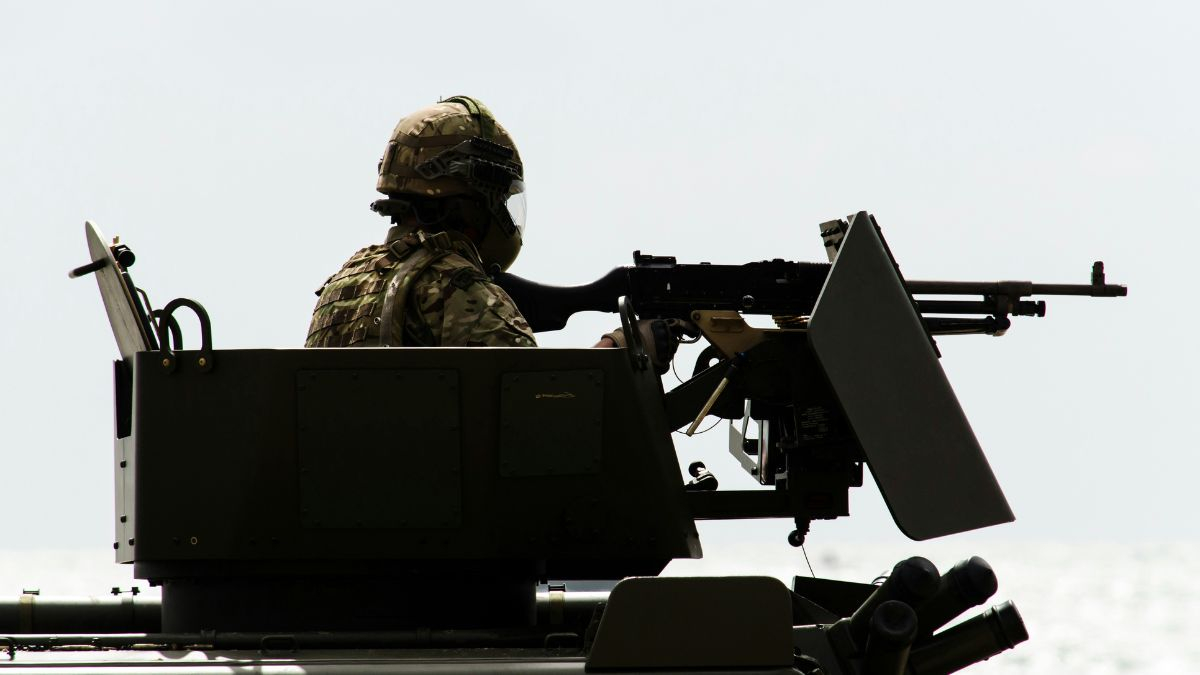Nowadays, wars are not limited to combat zones. They can take form in more subtle aspects, involving non-physical weapons such as information distortions, psychological terror, cyber attacks, and resource depletion. This method is known as hybrid warfare, and it is trending again after two important undersea cables were cut in the Baltic Sea in suspicious circumstances. Germany and Finland have voiced such alarm about the phenomenon of hybrid threats highlighting the extent to which critical infrastructure is now exposed. Find out in details – What is hybrid warfare? Why does the incident at the Baltic sea matter? And how do states tackle this growing problem?
What is hybrid warfare and why is it in the spotlight?
Hybrid warfare is a more complex military strategy that integrates the traditional means of warfare and the less physical concepts like cybercrime, psychological operations, sabotage, and other actions which do not involve the use of military force openly. The aim is to make the opponent confused without triggering a war.
Not too long ago, the two countries of Germany and Finland started worrying over hybrid warfare after it was reported that two undersea cables in the Baltic Sea had been cut. This has raised concerns over how communication, energy and other essential infrastructures can be targeted in hybrid warfare.
How many Americans died in the Vietnam War and how many war veterans are still alive today?
Why were the Baltic sea cables significant?
Between many countries in Europe, the damaged cables were critical in relaying communication networks:
- C-Lion-1 cable: It connected Finland and Germany making it possible to transfer more data in the region.
- Lithuania-Sweden cable: Enabled secure and reliable communication between the two nations.
The cables in question are important in data transmission and in internet backhaul networks. Even though the damage did not lead to serious inconveniences since the traffic was diverted, it still exposed weaknesses in the sea cables.
What caused the Baltic sea cable damage?
The reason behind the damage is yet to be discovered, nevertheless, preliminary inquiries point to the fact that it was intentional rather than incidental. Both of them suffered cuts during incidents that took place in the Swedish economic zone. Both the Swedish and Lithuanian authorities have claimed that someone from outside the state has tampered with the cables, leading to the conclusion that it was a case of deliberate sabotage.
- Investigations: Authorities are trying to find out whether the damage was caused by the anchor of a ship or it was done on purpose. A repair ship is likely to give more definitive responses after looking into the cables.
- Background incidents: Recent comparable underwater disturbances like the cutting of Nord Stream gas pipeline in 2022 and the Gulf of Finland anchor incident in 2023 would support that the damage was meant to further some larger plan.

Why are Germany and Finland concerned about hybrid warfare?
Both Germany and Finland have emphasized the role hybrid warfare might play in the Baltic Sea incidents. In their joint statement, they noted that “European security is under threat from hybrid warfare by malicious actors.” Here is why they are concerned:
- Increased geopolitical tensions: Russia’s war in Ukraine has heightened fears of retaliatory actions by Moscow against NATO members or their allies.
- Critical infrastructure at risk: Sabotaging undersea cables can disrupt communication, financial systems, and military coordination, creating chaos.
Hybrid warfare allows nations or non-state actors to strike indirectly, making it difficult to attribute blame and respond effectively.
How are nato and the eu responding?
The incidents have prompted Finland, Germany, Sweden, and Lithuania – all NATO or EU members – to prioritize securing critical infrastructure. Steps being taken include:
- Heightened surveillance: Monitoring undersea cables, pipelines, and other vulnerable systems.
- Enhanced coordination: NATO and the EU are working together to strengthen the defense of shared assets.
- Legal investigations: Authorities in Sweden and Lithuania have launched inquiries to uncover whether the damage was deliberate and identify responsible parties.
The Baltic Sea is a focal point for international trade and energy supplies, making it a high-stakes area for potential hybrid warfare.
Are there precedents for cable sabotage?
Yes, incidents involving undersea infrastructure are not new. The Baltic Sea alone has seen several mysterious disruptions:
- Nord Stream pipelines (2022): Explosions damaged gas pipelines linking Russia and Germany. The incident is widely regarded as sabotage.
- Gulf of Finland cables (2023): A Chinese container ship’s anchor accidentally damaged several cables, raising awareness of how vulnerable undersea systems are.
These cases demonstrate the strategic value of undersea infrastructure and the need to protect it against potential threats.
How does hybrid warfare affect modern security?
Hybrid warfare blurs the lines between peace and conflict. By targeting infrastructure like undersea cables, adversaries can:
- Undermine trust: Disrupting communication networks affects governments, businesses, and public confidence.
- Create confusion: Hybrid attacks often leave no clear perpetrator, complicating responses.
- Exploit weaknesses: Many countries lack the resources to safeguard critical infrastructure.
Germany and Finland’s warnings about hybrid warfare are a reminder of how modern conflicts increasingly rely on unconventional strategies. Understanding and addressing these risks is essential for maintaining stability in a highly interconnected world.
